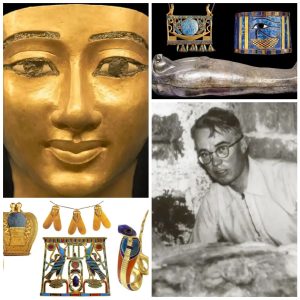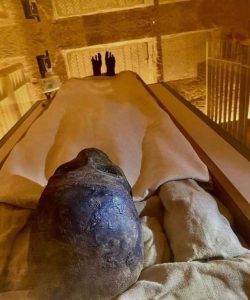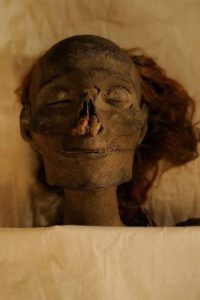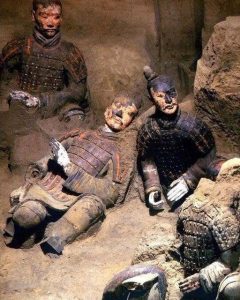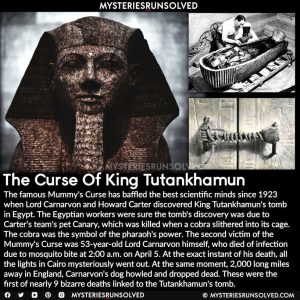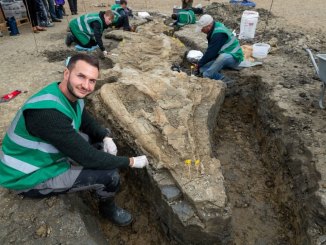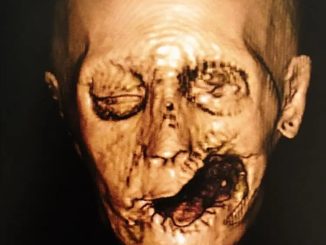Nestled within the treasures of Pharaoh Tutankhamun’s tomb lies a throne of unparalleled beauty and significance. Adorned with four golden Uraeus cobra figures, each bearing a sun disk on its head, this regal seat offers a glimpse into the opulence and symbolism of ancient Egyptian royalty. As we unravel the mysteries of Tutankhamun’s throne, let us delve into the history and symbolism of the golden Uraeus, a symbol of divine protection and royal authority.

Symbolism of the Golden Uraeus
In ancient Egyptian iconography, the Uraeus cobra held profound symbolism, representing divine protection and royal authority. The image of the cobra, often depicted with its hood raised in a defensive posture, was believed to ward off evil spirits and protect the pharaoh from harm. Adorning the crown or diadem of the king, the Uraeus served as a potent symbol of his divine status and authority over both the earthly realm and the afterlife.

Throne of Tutankhamun
Tutankhamun’s throne, adorned with four golden Uraeus cobra figures, embodies the majesty and power of Egyptian royalty. Crafted with exquisite craftsmanship and adorned with precious materials, the throne served as a symbol of the pharaoh’s authority and status as the earthly embodiment of the gods. The presence of the golden Uraeus figures on the throne further emphasizes Tutankhamun’s divine lineage and his role as a mediator between the mortal world and the realm of the gods.
Sun Disk Symbolism
Each golden Uraeus cobra on Tutankhamun’s throne bears a sun disk on its head, symbolizing the sun god Ra, the supreme deity in ancient Egyptian religion. The sun disk, or Aten, represented the life-giving power of the sun and was associated with creation and rebirth. By incorporating the sun disk into the design of the Uraeus figures, Tutankhamun’s throne reinforces the pharaoh’s divine connection to the sun god and his role as a ruler ordained by divine authority.

Divine Protection and Authority
The placement of four golden Uraeus cobra figures on Tutankhamun’s throne serves as a potent symbol of divine protection and authority. Surrounding the pharaoh with the protective presence of the Uraeus, the throne reinforces his status as a divine ruler entrusted with the welfare of his people. The Uraeus figures, with their vigilant gaze and raised hoods, embody the protective power of the cobra, ensuring the pharaoh’s safety and sovereignty over his kingdom.
Conclusion
The four golden Uraeus cobra figures adorning the throne of Pharaoh Tutankhamun represent more than mere decorative elements; they embody the regal splendor and divine authority of ancient Egyptian royalty. As symbols of divine protection and royal authority, these majestic figures underscore Tutankhamun’s status as a pharaoh ordained by the gods to rule over Egypt. Through their intricate design and symbolism, the golden Uraeus cobra figures on Tutankhamun’s throne continue to captivate and inspire awe, offering a glimpse into the rich tapestry of ancient Egyptian culture and belief.
